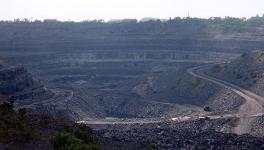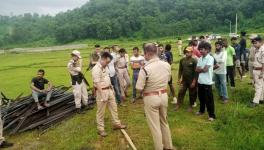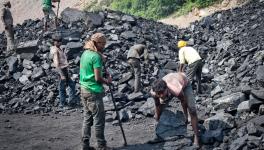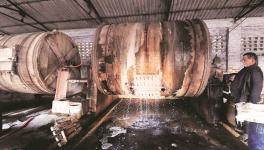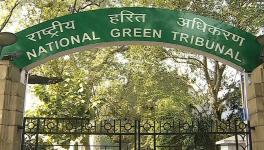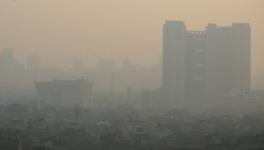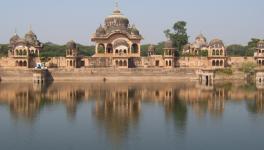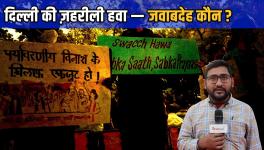Big Dams in Arunachal-Assam Border likely to Resume Work after NGT Green Signal
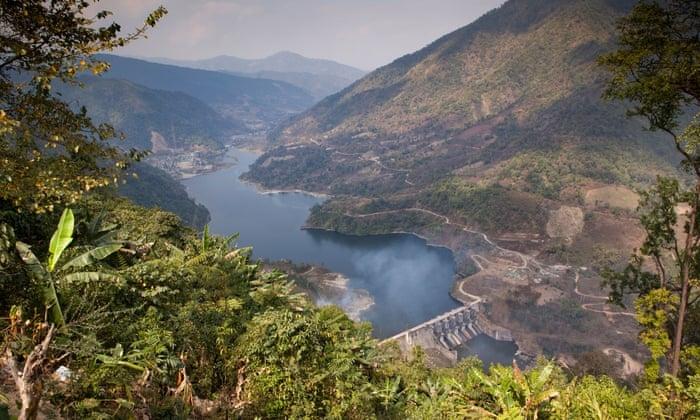
Two of the largest dams of the country—the lower Subansiri and Dibang at the far east of Arunachal-Assam border are likely to resume work after the National Green Tribunal (NGT) has quashed the appeals stalling them. The two big hydroelectric projects have a combined capacity of 4,800 MW.
The NGT on November 26 rejected the appeal filed by activists from Assam to stall the three-member expert committee for studying the 2,000 MW Lower Subansiri hydroelectric project. The appeal was filed by the Assam Public Works (APW), an Assam based NGO and by Tularam Gogoi. The main urge of the appeal was to restructure the expert committee appointed by the government. The appellants sought for a committee that can have better local representation and limited government interventions. NGT, quashing their appeal retained the government appointed three-member committee including Prabhas Pandey, PM Scott and ID Gupta.
The NGT in its earlier stand regarding the matter had asked the Central Environment Ministry to set up a “neutral panel” to review the possibilities of the dams and come out with an “independent opinion”. In November last year, the Environment Ministry had appointed the three-member committee who backed National Hydroelectric Power Corporation’s position in the past.
In a similar line, NGT dismissed the appeal filed by Pradip Kumar Bhuyan against the government for granting environmental clearances to the 2,800 MW Dibang multipurpose project. The tribunal upheld the environmental clearance given to the project in the lower Dibang Valley district of Arunachal Pradesh.
The NGT green signal paves the way for calling bids to give contracts to resume the working the dams.
THE WHO’S WHO IN THE GOVT. APPOINTED EXPERT COMMITTEE:
Prabhas Pandey, one of the important members of the government appointed expert committee retired as the additional Director General of the Geological Survey of India (GSI). The GSI was involved in researching the Subansiri project and was a part of the NCSDP (National Committee on Seismic Design Parameters), the committee that cleared the project based on the disputed seismic design parameters.
P M Scott is a chief engineer in the Brahmaputra and Barak Basin, Central Water Commission (CWC). The CWC was also involved in conceiving and reviewing the Subansiri Project. Interestingly, CWC had people as members of both the Dam Design Review Panel (DDRP) and the NCSDP.
I D Gupta was a director of the Pune based Central Water and Power Research Station (CWPRS). The CWPRS was involved in designing the Subansiri project. Gupta was the director of CWPRS between 2009 and 2013. As a director, Gupta was also a part of the NCSDP and in March 2013, held that further revisions were not required for the project.
After completion of his tenure as the director of CWPRS, Gupta took part in the meetings regarding the project as an expert from the Government of India. He contradicted views of the Assam Expert Group, the committee appointed by Assam Government in 2007 which raised objections on the quake related dam safety issues.
STAUNCH OPPOSITION TO THE BIG DAMS IN ASSAM
During the UPA 2 regime, which brought the big dam construction to Assam-Arunachal border, BJP was in fervent opposition to it. The anti-dam movement spearheaded by KMSS (Krishak Mukti Sangram Samiti) under the leadership of Akhil Gogoi witnessed massive support from across the state. People still remember the massive rally of over 20,000 people storming the streets of Guwahati with the slogan, “We don’t need big dams”.
Also Read: Why Assam Really Needs to Worry About the Floods?
Then in opposition, the BJP had also positioned against the construction of the dams. In its run up to the Assam state election in 2016 too, the BJP’s campaign had the anti-big dam agenda. But right after coming to power in Assam it has made a U-turn on the issue and is currently advocating the resumption of construction of the dams.
The big dams were opposed by the people of Assam and Arunachal Pradesh due to the possible environmental accidents that can devastate the flood and quake prone state.
Get the latest reports & analysis with people's perspective on Protests, movements & deep analytical videos, discussions of the current affairs in your Telegram app. Subscribe to NewsClick's Telegram channel & get Real-Time updates on stories, as they get published on our website.









